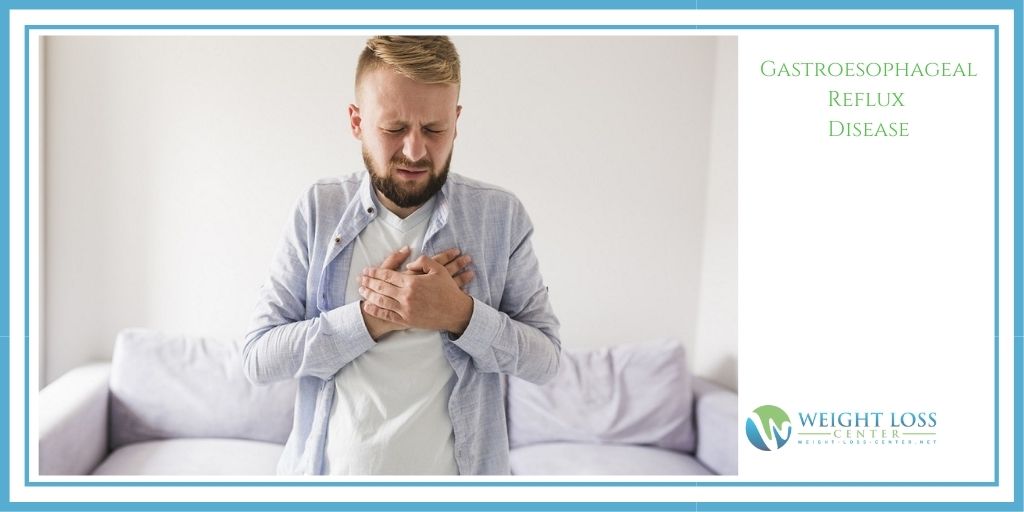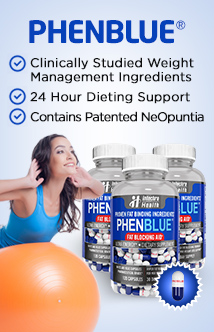
Gastroesophageal Reflux Disease
- Health Articles
- Hits: 5859
Pretty much all of us at one time or another has experienced the unpleasantness of heartburn. It affects about 20% of the global population all the time and usually occurs after eating.
Heartburn and Gastroesophageal Reflux Disease (GERD)
There is a long tube that runs from the back of the throat down to an opening in the stomach and this is called the esophagus. Heartburn occurs when acid from the stomach seeps upward into the linings of this esophagus. Stomach acid is highly corrosive, and it burns the linings of the esophagus causing a tight burning feeling to radiate from the chest area.
Heartburn can generally be treated with antacids and lifestyle changes or in more severe cases the use of an H-2 blocker which stops the signal to the brain to secrete stomach acid. If you’re not sure which one is the right option for you, it’s always a good idea to speak with your doctor. That will also help you to better understand why you’re experiencing GERD and if there are underlying conditions at play.
What is Gastroesophageal Reflux Disease (GERD)?
Gastroesophageal Reflux Disease, or GERD, is a chronic disease that causes persistent heartburn and can be very painful. Symptoms other than abdominal pain are bad breath, a bitter taste in the mouth, excessive saliva, regurgitation and the presence of heartburn more than once a day. The highest incident group for GERD is infants.
Because the symptoms which may indicate GERD are so commonplace and not associated with disease it is imperative to see a medical doctor for proper diagnosis and treatment. GERD is not simply bad heartburn but a medical condition with biological causes and treatment needs to be undertaken on a long-term basis. And conversely although heartburn is usually the biggest indicator of GERD it is quite possible to present the condition without any heartburn at all.
What causes Gastroesophageal Reflux Disease (GERD)
At the end of the esophagus where it enters the stomach is a round muscle that is a one-way valve. This valve is called the lower esophageal sphincter (LES) and its sole function is to prevent the food and stomach acid from flowing backwards up the esophagus toward the mouth. Although science can not provide an explanation as to why this sometimes happens, in about 7% of the population this valve malfunctions.
When the valve doesn’t close properly that highly corrosive stomach acid is constantly leaking back into the esophagus. This condition is known as Gastroesophageal Reflux Disease, or GERD, and is more commonly referred to as acid reflux. It’s the presence of stomach acid rising into the esophagus – or even beyond and into the mouth – that causes the various unpleasant symptoms of this condition.
Treatment for Gastroesophageal Reflux Disease (GERD)
The two factors of salt intake and smoking are the leading aggravators of GERD. That said, there are other factors that may be at play as well. Alcohol, coffee, stress and greasy or oily foods also contribute.
Along with lifestyle adjustments such as cutting out foods that antagonize GERD, eating smaller more frequent meals, not lying down for a couple hours after eating, and maintaining a healthy body weight, your doctor may also use medications or in extreme cases surgery for effective treatment and relief from acid reflux disease. Even if medications are prescribed, lifestyle changes are typically recommended to help reduce the cause of the symptoms in the first place.
Once again if you suspect you are suffering from GERD symptoms on a chronic basis, go and see a physician because it won’t go away by itself and can lead to more serious health issues.














